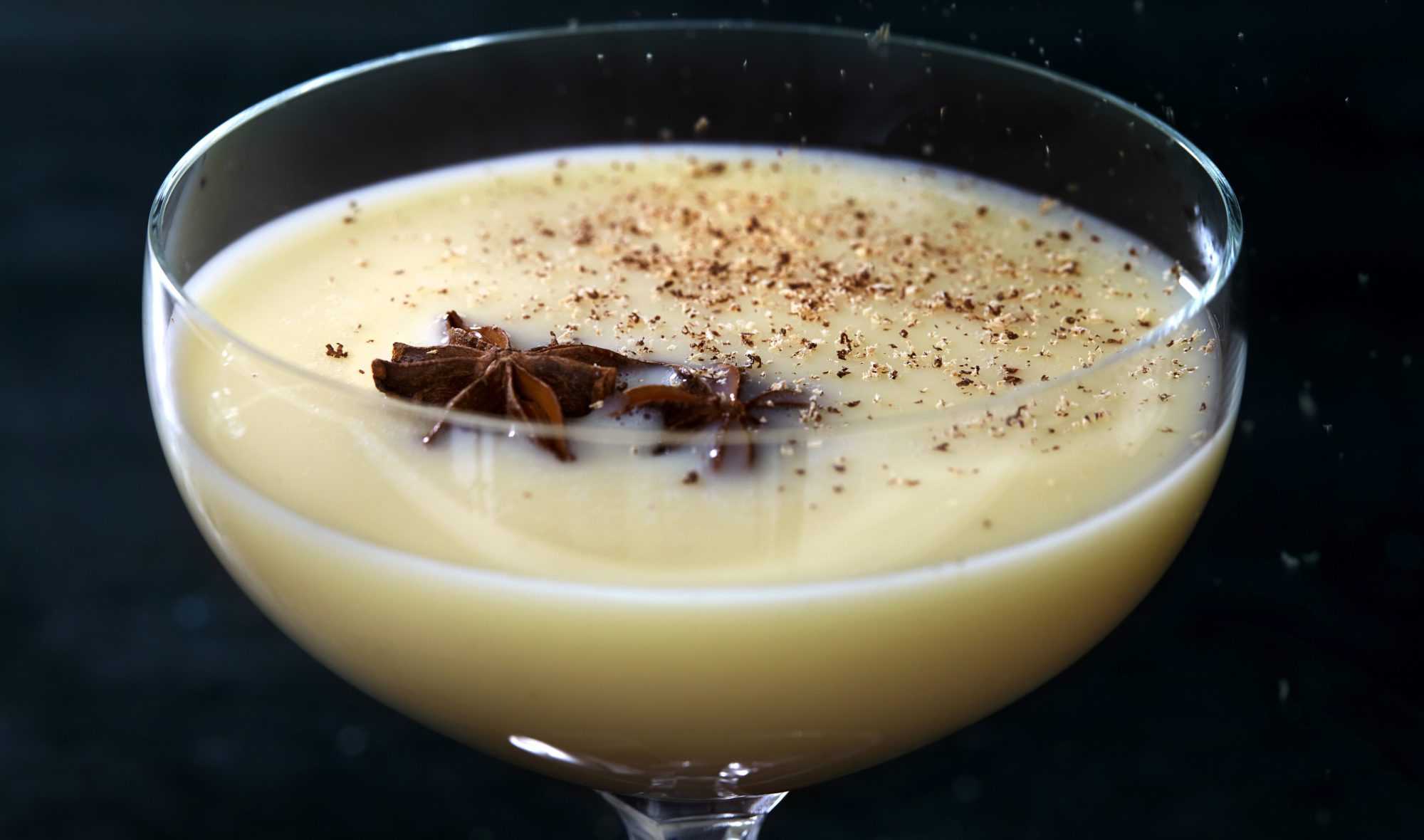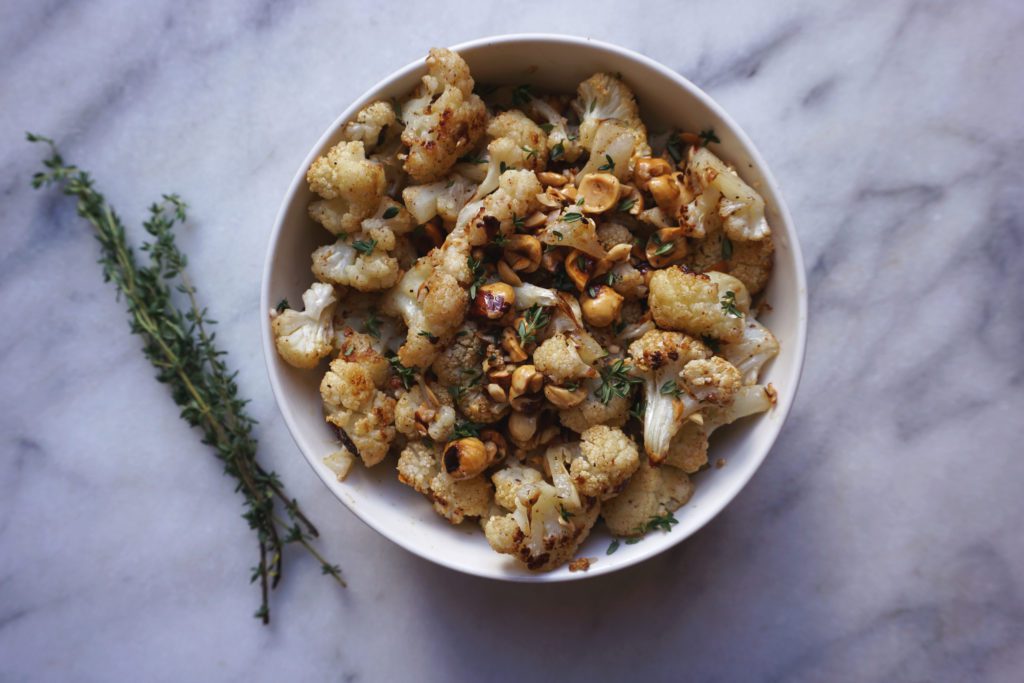
💥 SAVE 54% on the PN Nutrition Certification + Coaching Career Kickstarter Course! Ends Friday.

💥 SAVE 54% on the PN Nutrition Certification + Coaching Career Kickstarter Course!

Nutmeg is a spice that, in the right dose, adds a sweet, peppery warmth to a dish. In the wrong dose, it’ll get you a little loopy. Nutmeg, which is not a nut but a seed, is native to Indonesia. The seeds come from pale yellow fruits which also bear another spice, mace. To harvest nutmeg, the fruit is removed and the seed is left in the sun so that the nutmeg inside can dry out and separate from the shell and finally be removed. Nutmeg is sold whole or grated into a powder and goes particularly well with squash, lentils, pork, and in baked goods. If you ingest too much nutmeg at once (over a tablespoon), you may find that you’ll start to feel a little strange. Nutmeg contains a compound called myristicin, a volatile oil chemically similar to mescaline. Most people don’t intentionally repeat a nutmeg “high”, as it’s characterized by feelings of anxiety and impending doom, all the way to full-blown delirium, as well as gastrointestinal upset. At the suggested culinary dose (about a pinch per single serving) nutmeg is safe, delicious, and free of delirious side effects. We suggest you limit your use to that.
Nutmeg is a spice that, in the right dose, adds a sweet, warm spiciness to a dish.
In the wrong dose, it’ll get you a little loopy.
Nutmeg, which is not a nut but a seed, comes from large tropical evergreen trees native to Indonesia. These trees bear pale yellow fruits, which each contain a large seed encased in a shell. The seed shell is wrapped with a crimson-colored aril, which is removed and dried to produce a spice called mace. Inside the shell is another spice, nutmeg.
To harvest nutmeg, the fruit is removed (and sometimes turned into juice, wine, or jam) and the seed is left in the sun so that the nutmeg inside can dry out and separate from the shell. After about six to eight weeks, the shell is broken open and the nutmeg is removed.
If you ingest too much nutmeg at once, you may find that you’ll start to feel a little strange. Nutmeg contains a compound called myristicin, a volatile oil chemically similar to mescaline, the psychoactive constituent in peyote.
You have to consume quite a bit of nutmeg – over a tablespoon in one sitting – to create an effect. It’s worth noting that most people don’t intentionally repeat a nutmeg “high”, as it’s characterized by feelings of anxiety and impending doom, all the way to full-blown delirium. Oh, and gastrointestinal upset.
At the suggested culinary dose (about a pinch per single serving) nutmeg is completely safe, delicious, and free of delirious side effects. We suggest you limit your use to that.
Nutmeg can be sold whole or ground.
Whole nutmegs are round, greyish-brown seeds with a woody texture. Because they are so tough, they must either be pounded with a pestle and mortar or grated before they’re used as a spice for food.
Ground nutmeg has a reddish-brown color and powdery texture, similar to cumin.
Nutmeg has a peppery, sweet, and slightly cinnamon-y aroma and flavor. Ground nutmeg loses it’s flavor quickly, so if you can get whole nutmeg and grate it fresh as needed, you won’t go back.
Nutmeg, in the amounts typically consumed, is not a significant source of any nutrients. Like most spices, it is consumed for its flavor rather than its nutritional content.
Doses over a tablespoon can cause unpleasant psychoactive side effects, and at very high doses, even death.
Nutmeg, whole or ground, can be found in most grocery stores, health food stores, bulk food stores, and spice shops.
Like many other ground spices, nutmeg loses its flavor potency over time, so shop at stores with high turnover, and in the case of bulk food stores, covered bins. Try to find whole nutmeg instead of ground nutmeg, for a spicier and more concentrated flavor.
If you have the opportunity to sniff the product, do it. Fresh, good quality nutmeg powder or seeds will smell prominently spicy, sweet, and aromatic. A dull, dusty, or musty aroma means nutmeg is past its prime.
Store nutmeg powder or seeds in a sealed container away from heat, light, and moisture, such as a cool, closed cupboard or drawer.
Compared to whole nutmeg, ground nutmeg will lose potency faster. Assuming proper storage, ground nutmeg has a shelf life of about six months, while whole seeds will stay sharp and aromatic for a couple of years. After this time, nutmeg is still safe to eat, but it will have lost much of its flavor.
Ground nutmeg is ready to use in food and is a delicious addition to squash, lentils, pork, baked goods, porridges, or warm beverages like ciders or lattes.
Whole nutmeg seeds must be processed into a powder with the help of a mortar and pestle or a fine grater. If you have the right tools, this is the way to go for superior flavor.

Humble cauliflower is upgraded to an amazing side dish, with the help of aromatic nutmeg, crunchy toasted hazelnuts, and brown butter. Topped with fresh thyme, this makes a simple, yet elegant addition to any meal.
Prep Time: 15 minutes Cook Time: 35 minutes Yield: 4 servings
Preheat the oven to 400 degrees Fahrenheit. Add chopped cauliflower, olive oil, nutmeg, and salt to a large bowl, and toss together until all the florets are coated in seasoning. Line a large baking tray with parchment paper, and spread the cauliflower pieces onto it, being careful not to crowd them too much. Place in the oven for 20 minutes, then remove, toss to rotate pieces, and place back in the oven for another 10-15 minutes. Cauliflower is done when it is soft and golden at the edges.
While the cauliflower is roasting, make the brown butter: Add butter to a small saucepan over medium heat. Allow it to melt, swirling the saucepan intermittently. Soon after the butter melts, it will begin to foam; watch it carefully, because the rest of the process will happen quickly. Continue swirling the saucepan so the milk solids don’t stick to the bottom and scorch, and watch as the butter turns from pale yellow to bright yellow to golden brown. As soon as it turns golden brown (it will also begin to smell amazing — toasty and caramel-y), remove it from heat immediately, and transfer the butter to a separate bowl.
Once the cauliflower is done, transfer it to a large bowl, and add brown butter, chopped hazelnuts, and the leaves from a few sprigs of fresh thyme. Toss to combine and transfer to a serving bowl. Top with a few extra grates of fresh nutmeg, a few sprigs of thyme, and additional salt and pepper, if desired. Serve immediately.
Precision Nutrition’s Encyclopedia of Food expands every single month as we highlight new foods and showcase beautiful food photography. If you’d like to stay up to date, simply click this link. From there, we’ll send you a FREE copy of our recipe book. We’ll also let you know when new and delicious foods are added to the site.
Nutmeg is a spice that, in the right dose, adds a sweet, peppery warmth to a dish. In the wrong dose, it’ll get you a little loopy. Nutmeg, which is not a nut but a seed, is native to Indonesia. The seeds come from pale yellow fruits which also bear another spice, mace. To harvest nutmeg, the fruit is removed and the seed is left in the sun so that the nutmeg inside can dry out and separate from the shell and finally be removed. Nutmeg is sold whole or grated into a powder and goes particularly well with squash, lentils, pork, and in baked goods. If you ingest too much nutmeg at once (over a tablespoon), you may find that you’ll start to feel a little strange. Nutmeg contains a compound called myristicin, a volatile oil chemically similar to mescaline. Most people don’t intentionally repeat a nutmeg “high”, as it’s characterized by feelings of anxiety and impending doom, all the way to full-blown delirium, as well as gastrointestinal upset. At the suggested culinary dose (about a pinch per single serving) nutmeg is safe, delicious, and free of delirious side effects. We suggest you limit your use to that.